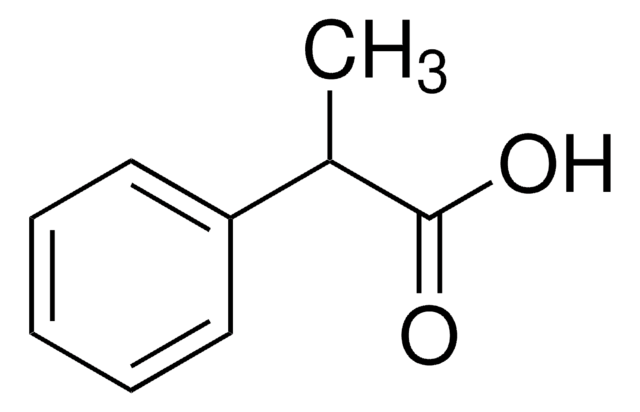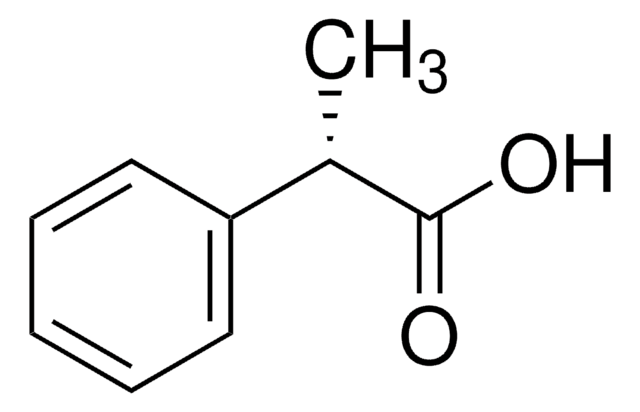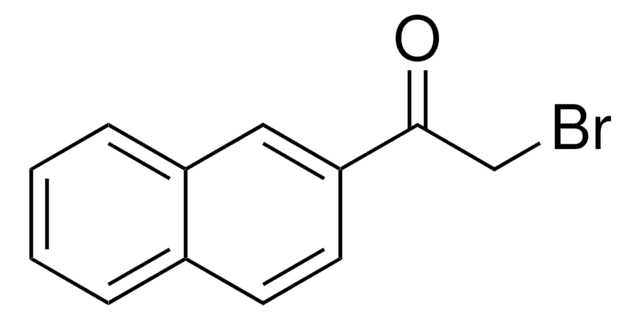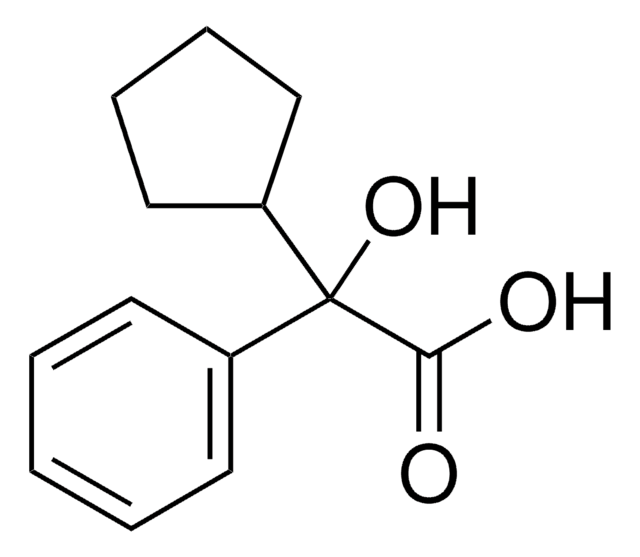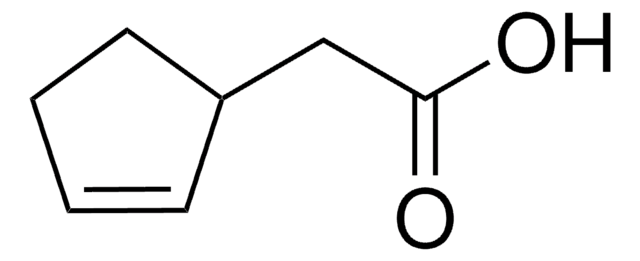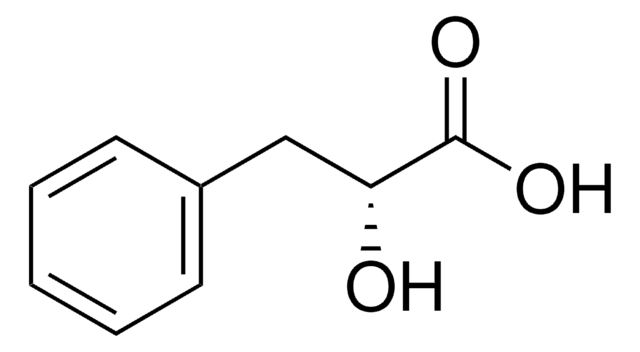F8384
Flavin adenine dinucleotide disodium salt hydrate
suitable for cell culture, BioReagent
Synonym(s):
FAD, FAD-Na2, Riboflavin 5′-adenosine diphosphate disodium salt
About This Item
Recommended Products
biological source
bovine milk
product line
BioReagent
Assay
≥95%
form
powder
technique(s)
cell culture | mammalian: suitable
solubility
water: 50 mg/mL, clear
storage temp.
−20°C
SMILES string
[Na+].[Na+].[H]O[H].Cc1cc2N=C3C(=O)NC(=O)N=C3N(C[C@H](O)[C@H](O)[C@H](O)COP([O-])(=O)OP([O-])(=O)OC[C@H]4O[C@H]([C@H](O)[C@@H]4O)n5cnc6c(N)ncnc56)c2cc1C
InChI
1S/C27H33N9O15P2.2Na.H2O/c1-10-3-12-13(4-11(10)2)35(24-18(32-12)25(42)34-27(43)33-24)5-14(37)19(39)15(38)6-48-52(44,45)51-53(46,47)49-7-16-20(40)21(41)26(50-16)36-9-31-17-22(28)29-8-30-23(17)36;;;/h3-4,8-9,14-16,19-21,26,37-41H,5-7H2,1-2H3,(H,44,45)(H,46,47)(H2,28,29,30)(H,34,42,43);;;1H2/q;2*+1;/p-2/t14-,15+,16+,19-,20+,21+,26+;;;/m0.../s1
InChI key
GXTPHHZYFMAGLX-UJXBNFGUSA-L
Looking for similar products? Visit Product Comparison Guide
1 of 4
This Item | 706418 | C112852 | 376906 |
|---|---|---|---|
| assay 97% | assay 97% | assay 98% | assay 98% |
| Quality Level 100 | Quality Level 100 | Quality Level 200 | Quality Level 100 |
| form powder | form powder | form liquid | form solid |
| mp 146-151 °C | mp 170-175 °C | mp 19 °C (lit.) | mp 122-124 °C (lit.) |
| functional group carboxylic acid | functional group carboxylic acid, hydroxyl, phenyl | functional group - | functional group carboxylic acid, hydroxyl, phenyl |
General description
Application
Storage Class Code
11 - Combustible Solids
WGK
WGK 3
Flash Point(F)
Not applicable
Flash Point(C)
Not applicable
Personal Protective Equipment
Choose from one of the most recent versions:
Already Own This Product?
Find documentation for the products that you have recently purchased in the Document Library.
Our team of scientists has experience in all areas of research including Life Science, Material Science, Chemical Synthesis, Chromatography, Analytical and many others.
Contact Technical Service